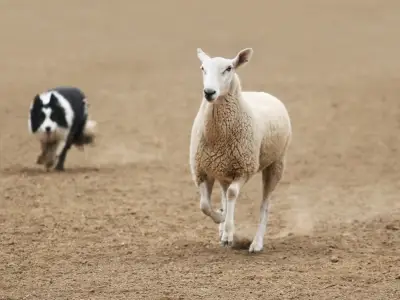If you’ve ever been captivated by a story that made you feel like you were truly there—walking the rainy streets of a noir city, exploring an enchanted forest, or pacing the halls of a space station—you’ve experienced the power of setting. The settings of a story shape the mood, influence characters, and bring your world to life.
Whether you're new to writing or have a few stories under your belt, understanding how to create a setting in a story is a skill that can elevate your writing. This guide breaks the process down, offering inspiration and techniques you can start using right away.
Jump to:
- What is the Setting in a Story?
- How to Identify the Setting of a Story
- Why the Setting of the Story Matters
- The Main Types of Setting in a Story
- How Do Authors Create a Setting?
- How to Write the Setting of a Story
- Examples of Settings for Stories
- Examples of a Unique Setting
- Examples of a Setting Description
- Study Our Novel Writing Diploma for £29
Recommended for you!
Best SellersWhat is the Setting in a Story?
The setting in a story refers to the time, place, and overall atmosphere where the events unfold. It answers questions like: Where is this happening? When does it take place? What does it feel like to be there?
The definition of setting in literature goes beyond just physical location. It includes historical period, weather, social environment, and emotional tone. A setting can influence how readers perceive characters, what kind of conflicts emerge, and how the story progresses.
A classic example of setting in literature is the eerie moors of Wuthering Heights or the magical corridors of Hogwarts. These settings are unforgettable because they play an active role in the story’s mood and plot.
How to Identify the Setting of a Story

When reading or analysing, look for clues in the narrative. Pay attention to:
- Descriptions of time and place
- Dialogue that references culture or history
- Objects and technology used
- Characters’ routines and behaviour
These all help define settings in literature and reveal what role they play in the story’s development.
Why the Setting of the Story Matters
A strong story setting does more than tell readers where and when things happen. It creates atmosphere, sets expectations, and connects readers to your narrative world. The setting of the story can even act as a character itself, shaping behaviour, choices, and outcomes.
For example, a story set during a war will naturally influence how characters behave, while a sunny village might provide the backdrop for a comforting tale of friendship.
The setting in story structure can:
- Build a mood or tone (joyful, tense, eerie)
- Support the genre (a futuristic lab in science fiction, a grand manor in gothic fiction)
- Influence character development and decisions
- Add authenticity and depth to your world
The Main Types of Setting in a Story
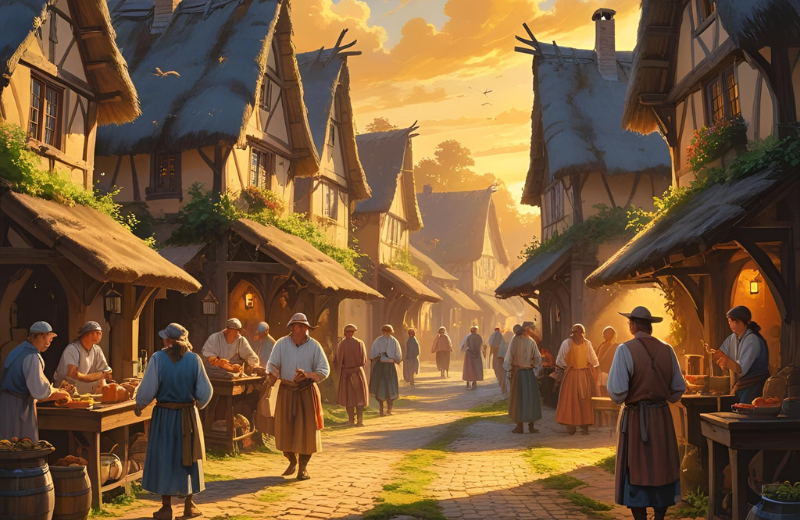
Understanding the different types of setting in a story helps you choose the right elements for your narrative. These include:
- Physical setting – Geography, weather, architecture, and objects in the environment.
- Temporal setting – The time period of the story, whether it’s set in the past, present, or future.
- Social setting – The cultural, political, or economic conditions surrounding the characters.
- Psychological setting – The emotional landscape of the story, such as a sense of dread or hope.
How Do Authors Create a Setting?
Writers use a combination of descriptive detail, character interaction, and purposeful placement to build convincing book settings. Great settings are woven into the story, not tacked on. So, how do you make a setting feel real and engaging? Here’s how.
How to Write the Setting of a Story
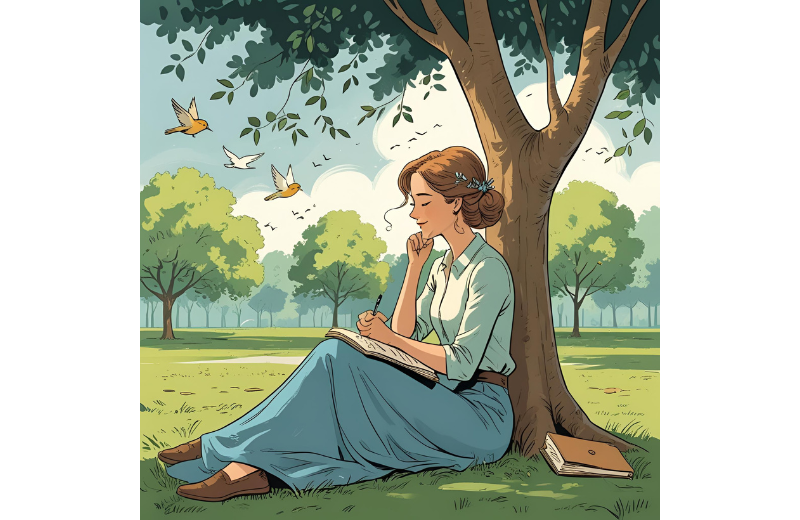
1. Start with the Basics: Time and Place
Before you get too deep into description, make sure you’ve defined when and where your story takes place. Is it set in medieval Scotland or a future Earth colony? Does it unfold in the span of one day or over a century?
Be specific. “A village in 18th-century Ireland during winter” is much more vivid than “a village in the past.”
2. Use the Five Senses to Bring the World to Life
Readers connect most deeply with settings that feel real. Describe the setting of a story by tapping into sight, sound, smell, taste, and touch.
Think about what your character might hear in a busy marketplace or what they might smell in a mossy forest. These sensory details ground the reader in the scene without needing pages of exposition.
3. Tie Setting to Character Experience
The most powerful settings often reflect how a character feels or what they’re going through. A character hiding in an alley during a storm may notice the biting cold and dripping roofs, while another character in love may only notice the gentle glow of streetlights.
Describing a setting through the character’s perspective makes it personal and adds emotional depth.
4. Match Mood and Theme
Let your setting reflect the emotional tone of the scene. A cheerful park is perfect for a romantic subplot, while a crumbling house sets the stage for suspense.
Scene writing becomes more effective when the environment echoes or contrasts with the inner world of the characters.
5. Show, Don’t Tell
Rather than announcing “It was a haunted house,” show the reader the cracked windows, the chill in the air, and the eerie silence that makes the character’s hair stand on end.
Use small, vivid details to build atmosphere. This technique keeps readers immersed without overwhelming them with information.
6. Set Each Individual Scene
Every story is made up of smaller pieces—scenes. Each scene needs its own setting, which anchors the reader and helps guide the action. To write a compelling scene:
- Start with orientation—where are the characters and when is this happening?
- Keep the setting relevant—what details will enhance the tension or emotions in this scene?
- Let the setting evolve with the story—characters might return to a location that feels different as events unfold
Scene structure benefits from clarity. If a reader ever feels lost or unsure where a scene is happening, the setting likely needs strengthening.
7. Be Purposeful with Detail
Not every object or sound needs describing. Choose the details that matter. A single sound, like the drip of water echoing in an empty hall, can say more than a full paragraph of generic description.
Look for strong, specific words. “Twilight” paints a clearer picture than “evening.” “Rumbling thunder” is more vivid than just “noise.”
Descriptive setting examples often use figurative language to enhance effect: metaphors, similes, and personification are all useful tools.
8. Blend Setting with Action
Rather than pausing the story to describe the setting, weave it into what characters are doing or noticing.
Instead of: “The forest was dark. The air was cold.”
Try: “Branches clawed at her coat as she pushed deeper into the black forest, each breath fogging in the icy air.”
Examples of Settings for Stories
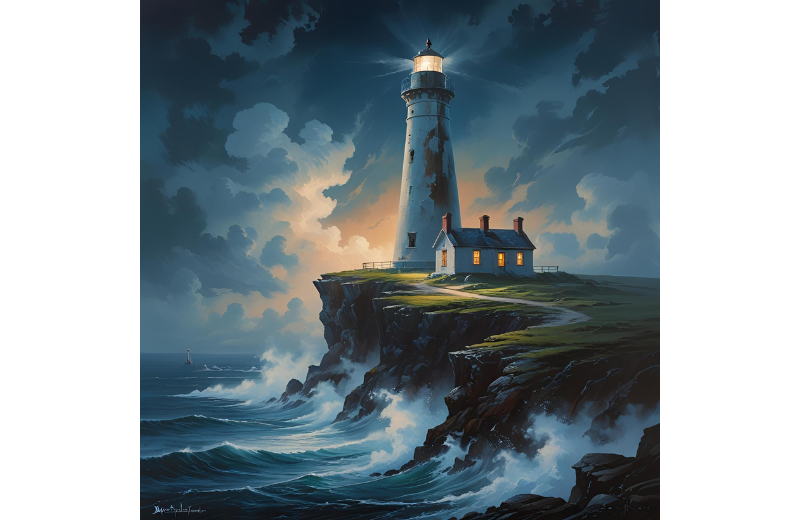
Need some inspiration? Here are a few descriptive setting examples that work across genres:
- A wind-beaten lighthouse on the edge of a cliff (mystery, thriller)
- A crowded street fair in 1930s Harlem (historical fiction)
- A moon base with failing oxygen (sci-fi)
- A sun-drenched vineyard in Tuscany (romance)
- A misty mountain temple (fantasy)
Your setting can inspire entire plots or simply support them. The key is to make the place feel real, even if it’s imaginary.
Examples of a Unique Setting
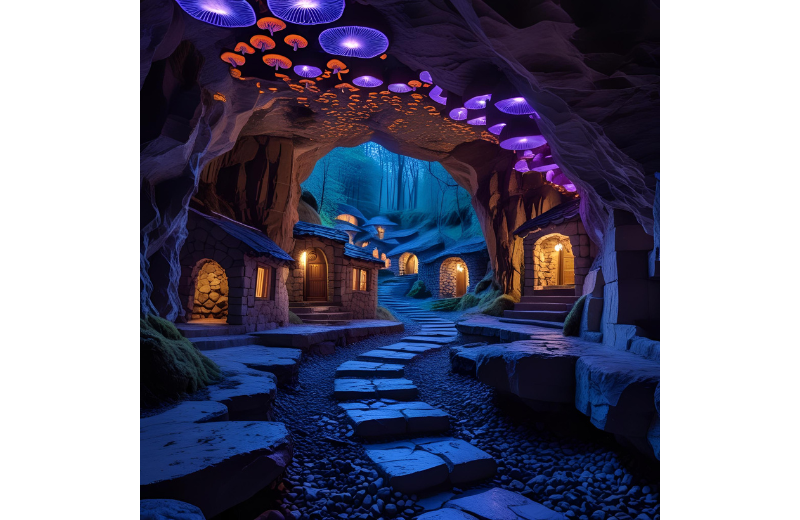
If you want your story setting to stand out, look for fresh combinations and twists. Here are some unique setting ideas for a story:
- A city where it never stops raining
- An underground village lit by bioluminescent fungi
- A floating theatre that tours through the clouds
- A library that only appears at midnight
Combining unexpected elements helps create a setting readers haven’t seen before. Fantasy settings and science fiction settings are especially ripe for innovation, but even realistic stories can benefit from unusual or overlooked locations.
Examples of Beginning a Setting Description
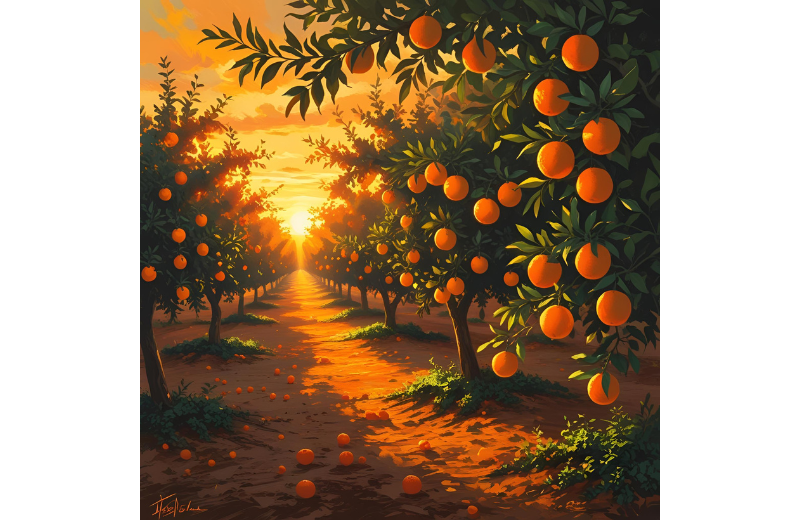
The first few lines of your setting can make a lasting impression. Consider starting with:
- An unusual weather detail (“Lightning forked across the green sky”)
- A sound or movement (“Chickens scattered as the motorbike skidded to a halt”)
- A sensory moment (“The scent of oranges clung to the air”)
The goal is to ground the reader quickly and draw them into the world.
Recommended for you!
Best SellersStudy Our Novel Writing Diploma for £29
Now that you know how to create a setting in a story, why not take your writing to the next level? At Centre of Excellence, our Novel Writing Diploma Course is available at a discounted price of £29. Discover more tips, templates, and expert guidance on character development and other aspects of fiction writing.











